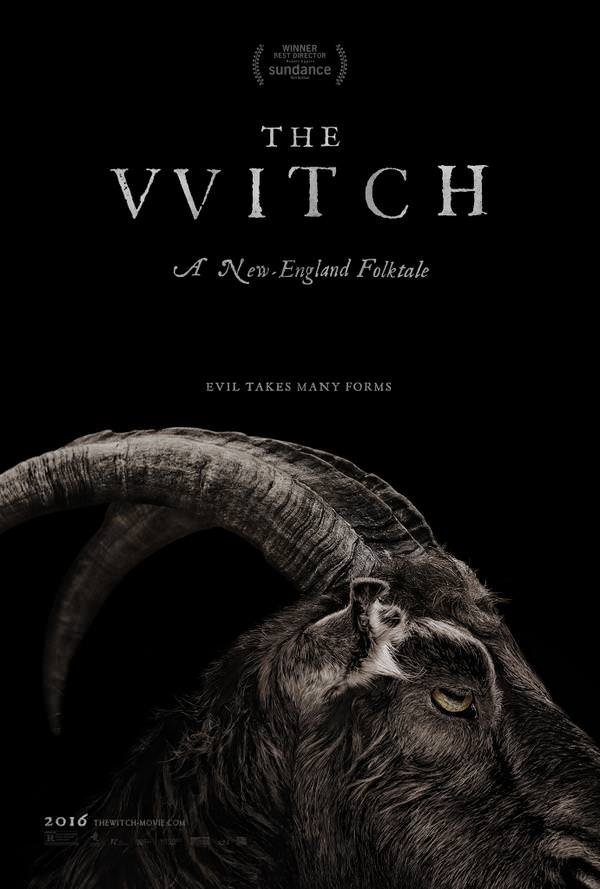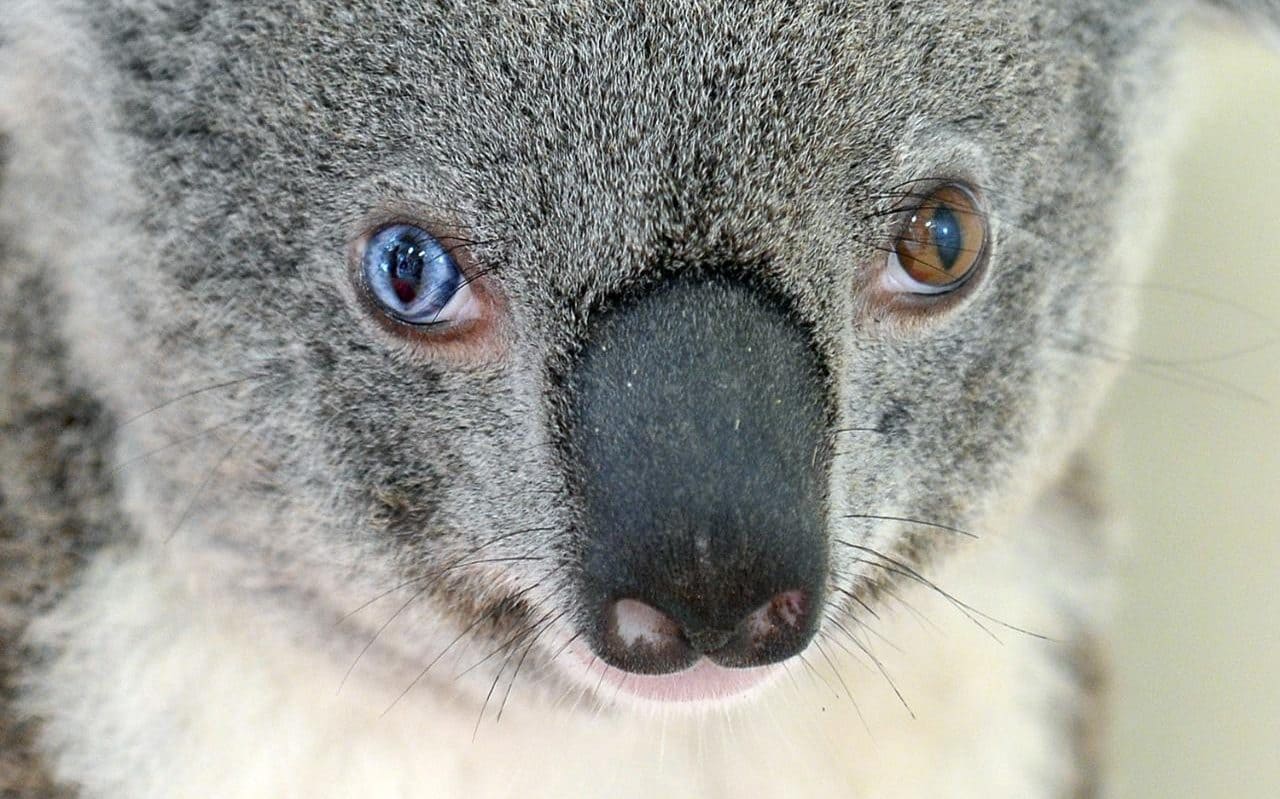Certainly much of the easily accessible timber, i.e. near rivers and/or the coast, will be gone. It's not quite the same as it was in OTL where there was rapid clearing of a lot of the tropical forests for farming and timber exports, and with transportation technology not being at the same level,there's not quite the same demand for that.I imagine the same is happening in TTL but from an even earlier point in time considering that at least the Nuttana and the Kiyungu city-states must be exploiting the rainforests for shipbuilding lumber.
Wattles are the short-term solution, but if they want wood for fuel and useful construction timber, they can (and eventually will) turn to faster growing taller species such as some Casuarinas, Grevillea and Eucalyptus.At least there are wattles to make sure that wood used for fuel or papermaking are from a more reliable source.
Poppies are quite likely at some point, since they grow very well in OTL in Tasmania (the largest source of legal opiates today) and presumably elsewhere in southern Australia, although I haven't checked much.On an unrelated note, have any Aururian nations imported any crops that can be used medicinally / pharmaceutically? I was thinking of the opium poppy for one since it's used to produce both a very useful analgesic as well as an addictive recreational drug.
It's a certainty that the Five Rivers will have tried their utmost to find such plants, being always on the lookout for new crops both for cash crops but also for cuisine. I'm not sure which ones would grow there easily, but they would certainly have tried.
That is an intriguing possibility. Mitragyna speciosa is native to New Guinea, so there would presumably be easy access to it. Its cultivation could be encouraged there by trade, and/or grown in some of the more northerly parts of Aururia (Wujal/Cooktown, at least).I also thought that the Nuttana and Kiyungu can similarly go instead to growing kratom, which they could adopt from Southeast Asia. Not only has it been used in the same medicinal capacity as opiates have, having decent analgesic properties, it has also been used recreationally for both its sedative and stimulant properties (it has been used by those who need to work harder and by those who want to relax both, the different effects produced by different cultivars and dosages). Given that, it may hold some promise as a cash crop.
It is... difficult to answer those questions without revealing too much of the future of an alternative past. I will say that Aururian qualifications are considered of some use in a variety of parts of the world. This has already been foreshadowed in part by, say, an early Christmas special which showed a student in Louisiana who had spent some time at the Panipat. Granted, all Christmas specials should be taken with a certain light-heartedness of spirit, but still, that does at least suggest that there's some relevance to Aururian qualifications elsewhere in the world. It also suggests that Aururia, or at least part thereof, has deliberately kept a system of qualifications which are distinct from those used elsewhere in the world.Is the author a Plirite? Or just an anti-imperialist in general, in a world where many of those types might find that Aururian qualifications are useful to have for one reason or another? But how would these qualifications be viewed amongst a more "normal" sort of academic, unless it indeed is normal to gain Aururian qualifications in many fields? Alternatively, as he's writing about Aururia (as a medical historian?), he is a specialist in Aururian (medical) history and thus might find it useful to gain those qualifications?
As to whether the author is a medical field, well, of the two OTL degrees, one of those is a medical degree. The Panipat was, of course, founded as a medical institution (though it quickly expanded), so there's a decent chance that medicine remains one of its areas of speciality. Past that, draw your own conclusions.
It's a reference to some of the previous foreshadowing taken when describing the Hunter, and more generally the framing sections for Act II. If you read between the lines of those sections, that can probably give a good idea of what it means.Is this a reference to any action taken by the Hunter against the Five Rivers? Or something less dramatic?






